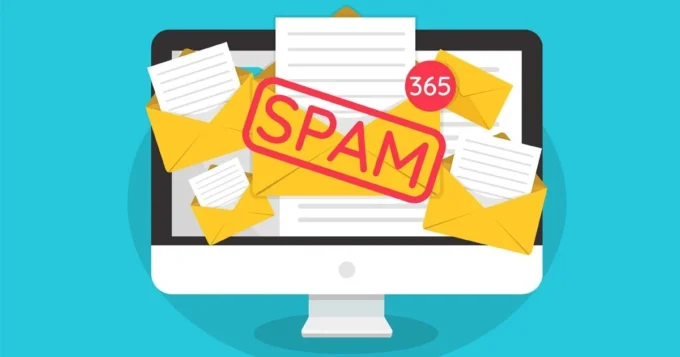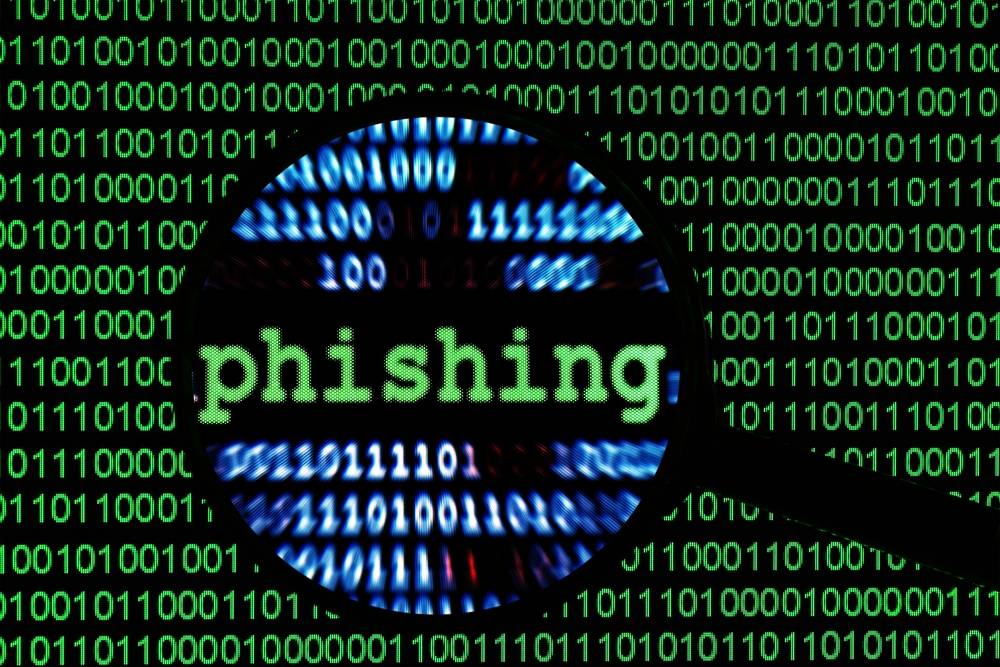What is spam
High time you run an email spam tester check? Even if a user doesn’t expect problems to be revealed, they are most likely to be there. As for spam, one doesn’t even have to be a regular Internet user to know that it’s not a good word. Every good marketer knows that it’s always for his own good that he eliminates spam as soon as it shows up on his marketing horizon. Surely, a reliable email spam tester can help to get rid of it for the sake of the best outreach performance.
Why should you always consider spam a real threat?
-Spammers and phishers can easily become the reason of companies’ losing hundreds of thousands dollars;
-Fighting it often proves more challenging than one may think. Internet swindlers always invent new ways of stealing data and finances from users.
The types of spam? Here they are:
1) Marketing and commercial e-letters. Those are emails one gets because he has subscribed to something and voluntarily provided his email.
2) Malware emails. What’s meant is e-letters consisting malicious attachments, URLs and applications. Clicking on such malware leads to letting spammers steal data or money from you.
3) Fraud-and-scam. The idea of this is to trick users into providing data or money, for instance, by saying that you have inherited a fortune.
Suppose, a user’s email spam tester has revealed spam issues in the system. Or this marketer simply sees spam e-letters in the inbox. What are the steps to make the spammers fail in stealing from you? Stay tuned for further analysis of the problem and the best ways to solve it.
Learning about email spoofing and phishing to become a pro email spam tester user

One doesn’t become a pro spam fighter only because he uses a great email deliverability testing tool, though it’s important too. It’s crucial that one is aware of what kinds of spam there are and how to deal with them.
We’d like to emphasize such types of spam as email spoofing and phishing e-letters. These words are interchangeable and used to denote certain tactics based on the so-called “misrepresentation”. Still, spoofing and phishing have certain differences. Let’s state the peculiarities of them both.
1) The idea of phishing lies in impersonating trusted websites or other Internet sources for tricking users into providing their sensitive data.
2) As for a spoof email, it actually assumes the trusted website identity.
Let’s analyze these things in more detail as it won’t be long before they put your campaigns to a test. Then email deliverability will be threatened.
As for phishing, it works like this: a phisher sends an email disguised as official communication to trick a user and get valuable data. The email most often contains the company of the user’s official logo, important details etc.
Spoofing is a part of the phishing scheme. It’s a means for stealing someone’s identity. For example, a swindler is likely to hack the victim’s email account and modify the key fields like “From” and “Reply-to” so that they serve his own purposes.
Running every email through spam check software is the default means whatever happens but the real means of preventing are reviewed further in the article.
The mechanism of spam: self-education for better email spam tester results

When spammers send emails, they test the system for flaws. It is dangerous but how does it work? Folderly’s specialists, the experts of the well-known company which is a product of b2b lead generation company – Belkins, are ready to share their experience.
No doubt, spammers are pros who can easily bypass filters, while honest marketers sometimes take a lot of effort to ensure the delivery of their emails. So, how do so-called “botmasters” do it so easily? It needs to realize this if you are eager to effectively improve your email deliverability, sender reputation etc.
Every spammer has a legion of bot programs. Their function is controlling and commanding on network and security protocols (HTTP, IRC, P2P). Bots are used for stealing logins, passwords and such like valuable data. A spambot program spots a vulnerable email address, pulls up an email list and sends out bulk emails. Such software is also capable of delivering viruses, malware etc. to people’s PCs, smartphones and any devices in general. You hit a link or open an attachment and voila, welcome to the spammer’s trap.
Email spam tester to ensure safety: what’s the point of sending out spam messages?
No doubt, it’s annoying when a user runs another test but the email delivery rate turns out to be suffering from spam again. After having to fight spam again and again, one can’t help but wonder why send e-letters at all. Indeed, nowadays everyone in digital marketing knows what spam looks like and is capable of protecting their cold b2b emailing from it. So, why strive to send out spam again and again?
Well, the main reason is quite obvious: the price of messages. It’s low enough to allow for getting profit even from that little percent of messages that work out.
Besides, a lot of people do get into a spammer’s trap because they simply don’t have time to thoroughly check every message. That’s a definite drawback of living in constant hurry.
And of course, the more marketers rely on devices and virtual tools in their work, the easier it is for spammers to carry out successful spoofing or phishing.
Useful tricks plus email spam tester to stay safe

Those eager to run successful B2B campaigns, accumulate sales leads and get stable profits have to know the “get-rid-of-spam” tricks.
Let’s see if we can suggest any useful fighting strategies.
1) Reporting spam.
Surely, the key to success is choosing a reliable ESP. But spam can seep even through a really good defence. Every ESP wants to be aware of spam presence and encourages users to report suspicious messages. But if you don’t want reporting your messages to be the first and last thing the recipient does, make the Unsubscribe button more visible. Show your prospects that your activities are transparent and safe for them.
2) Using 2FA
2FA stands for two-factor authentication. We all are familiar with what it is in practice: with 2FA, besides typing in the login and the password, the system asks users to enter codes sent to their mobile phones.
3) Getting to know how to recognize phishing and spoofing
Phishing or spoofing messages usually feature urgent subject lines, suspicious links or attachments, slightly changed email-addresses looking like legitimate ones.
Equipping oneself against cybercriminals:

In B2B, every single sale lead is valuable but spam can be a reason for losing prospects. It needs to always remember that spamming is a many-sided problem. An inbox filled with fake e-letters in one thing but knowing how not to let such a situation harm the business is something different. Always use the most reliable tools, particularly, the most powerful spam email checker you can find. Know the signs of spam and learn to recognize spammers, spoofers and phishers at once.









